How often and how to water my kiwis?

 The kiwi is a type of fruit plant native to China, where it grows wild in the forests of the Yang-Tse-Kiang River Valley.
The kiwi is a type of fruit plant native to China, where it grows wild in the forests of the Yang-Tse-Kiang River Valley.
Among its species you can get different types, with some that bear green fruit and others with yellow fruit.
In general, this plant is highly sensitive to climate and soil, so these are two points that should be checked properly.
However, one way to improve the health of the kiwi is to have irrigation information, since water is very important for this specimen.
Thinking about it, we have created this article with everything you need to know to be able to water your plant in the appropriate way every time.
Important points when watering a kiwi:
- Irrigation frequency: two to three times a week or according to the needs of the soil and the climate.
- Irrigation method: micro sprinklers.
- Optimum time of day for irrigation: any time of day.
- Identify excess water: stagnation of water that can cause rot, softening of the stem.
- Identify lack of water: stunted roots, dry plant and no leaf production, dry and lifeless fruits.
What irrigation needs does the kiwi have?
The kiwi is a plant with a special need for irrigation, and it is appropriate to give it the correct amount of water on each occasion. Keep in mind that on many occasions it is essential to generate humidity that can stabilize the climate, especially if it is too hot.
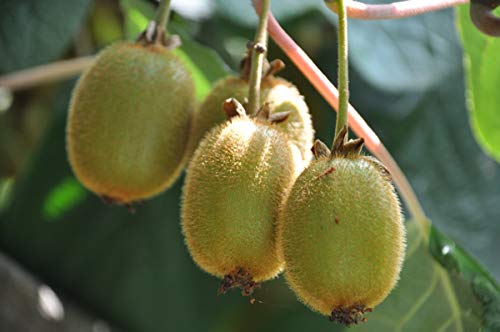
On the other hand, it is essential that the soil in which the plantation is made has optimal drainage, avoiding water stagnation.It is a plant with great needs for water and humidity, so you must pay attention that it obtains what it needs and that it is never dry.
How can we detect the lack of irrigation in the kiwi?
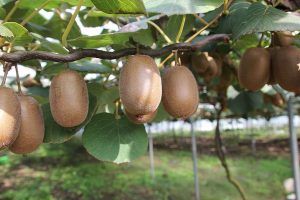 Due to the fact that the kiwi is a species that requires a lot of humidity and abundant irrigation, the lack of irrigation is easily detected.
Due to the fact that the kiwi is a species that requires a lot of humidity and abundant irrigation, the lack of irrigation is easily detected.
To begin with, the soil will become hard and dry, causing the roots to become stunted, brittle and thin.
This will prevent the plant from being properly nourished, which will affect its development, growth and production. For this reason, the leaves will be noticeable without color and dry, and may fall off in cases that are too serious.
If the plant is in its production stage, it is possible that the fruits begin to dry, and it is very likely that they will not ripen. Likewise, it may be the case that the fruits fall unable to stay attached to their branches due to the general weakness of the plant.
How often should we water the kiwi?
The kiwi should be watered between two and three times a week in general, provided that all the necessary factors are met. He considers that humidity is very necessary, and it is advisable to constantly review the conditions of both the climate and the soil.
It is also convenient that the irrigation be much more abundant in the production time of the plant. This is because, by having fruits, this species increases its water requirement in order to improve the quality of its production and stay healthy.
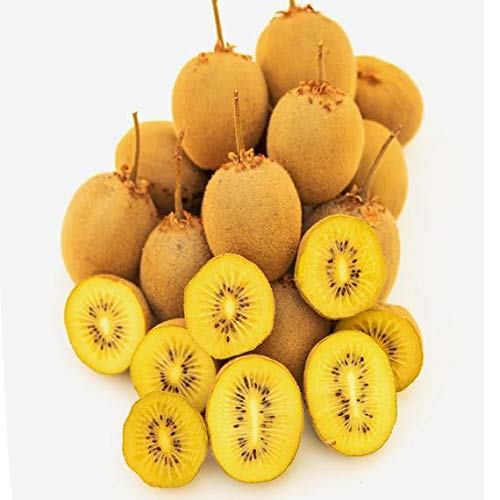
The important thing is that an appropriate level of humidity can be established for the development of the plant, so you will have to keep an eye on it.
What is the best way to water kiwi?
The best way to irrigate kiwi is with the use of micro sprinklers that facilitate the correct distribution of water. This mechanism promotes that not only the soil is moistened in the best way, but also makes it easier for the environment to be moistened.
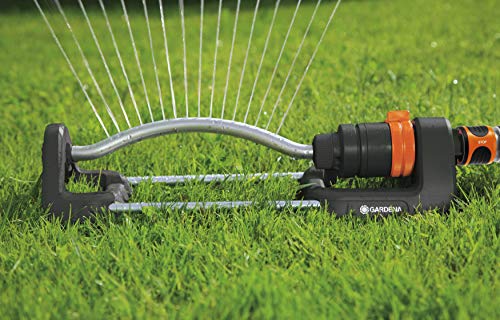
This environmental humidity is essential when having kiwi plants, since they need it to be healthy. Similarly, micro sprinklers can provide them with the water they need periodically, preventing them from drying out or being damaged due to lack of moisture.
How do we detect excess water in kiwi?
The kiwi is a plant species that requires a lot of humidity, but it also needs proper drainage so that the water does not stagnate. This means that at the time of not having good drainage, the plant can suffer damage, in some cases irreversible.
Among some of the details that can allow you to detect excess water is that the soil becomes too soft or forms small puddles. On the other hand, the stem of the plant can become much softer and less firm, which is an indication that excess water is causing problems.
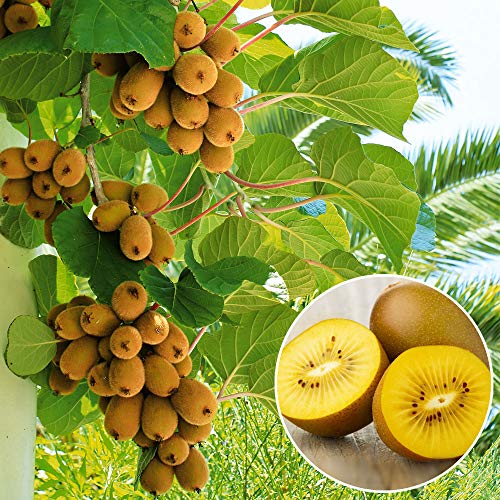
As for the roots, if the excess water is maintained for a long time, they can begin to rot, which will trigger problems throughout the specimen. The good news is that all of these conditions only occur at extreme levels, so if your kiwi watering is appropriate, you won’t have to worry.
Bibliographic references
- [PDF] Kiwifruit irrigation, R Ferreyra, J Tosso, G Lemus – Research and Progress…, 1988 – library.inia.cl
- Kiwi: soil management, irrigation and fertilization, AK Yommi, EE Sanchez, E Manzo, G Benés… – 2018 – repository.inta.gob.ar
- Evaluation of controlled deficit irrigation on kiwifruit (Actinidia deliciosa) production, LO Lagos, W Lama, J Hirzel, C Souto, M Lillo – Agrociencia, 2017 – scielo.org.mx
- [PDF] Use of the phytomonitor technique as an indicator of the water status of kiwifruit and its use in scheduled irrigation, EG Gratacós Naranjo – 2003 – repository.uc.cl
- Kiwi production evaluation under controlled deficit irrigation (RDC): 2011-2012 season, GA Barra Castillo – 2013 – repository.udec.cl
Maybe you are also interested in:
- 21 Most Famous and Delicious Kiwi Types and Varieties
- How to Fertilize Kiwi: The Complete Guide – Sembrar100
- Kiwi Care: [Soil, Humidity, Pruning and Problems]
- Kiwi Cuttings: [Grafts, Time, Rooting and Planting]
- Kiwi blooms
- Kiwi Pests and Diseases: [Detection, Causes and Solutions]
- Prune Kiwis: [Importance, Season, Tools, Considerations and Steps]
- pick the kiwis

![Photo of Myrtle: [Properties, Growth, Fruit, Types and Care]](https://www.complete-gardening.com/wp-content/uploads/2022/08/myrtle-properties-growth-fruit-types-and-care-390x220.png)
![Photo of Irrigation of Bromeliads: [Needs, Frequency and Procedure]](https://www.complete-gardening.com/wp-content/uploads/2021/06/Bromelias_1620948611-390x220.jpg)
![Photo of Prune Citrus: [Importance, Season, Tools, Considerations and Steps]](https://www.complete-gardening.com/wp-content/uploads/2022/08/prune-citrus-importance-season-tools-considerations-and-steps-390x220.jpg)
